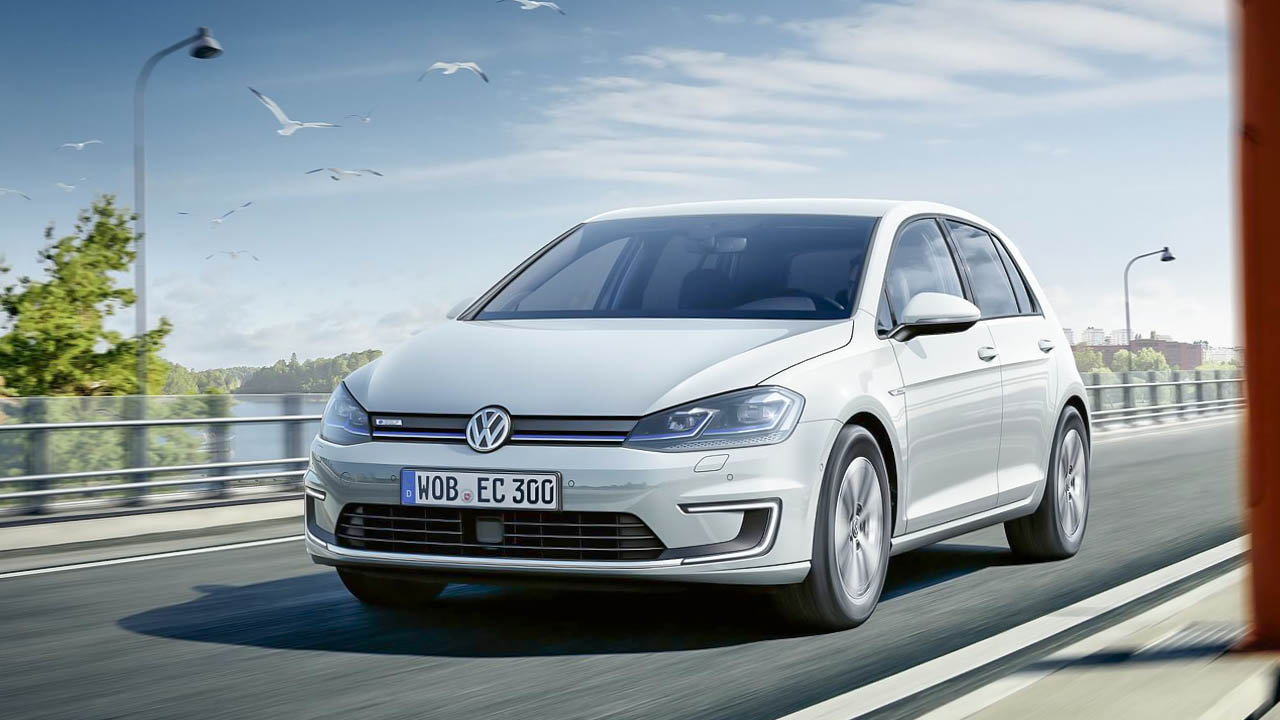 There are a few different flavors of the Volkswagen Golf, but they all earn their “run like a rabbit” reputation. To add a bit of a history lesson for less age impacted readers, that’s why for many years the Golf was called the Rabbit here. Then the Germans decided we could be trusted not to think a car named Golf was for putt-putting around. But even back then they had the reputation of being quick and nimble. I’ve driven several versions of the Golf, including the spectacular Golf R. No matter what powertrain or level of power, the Golf retains its comfortable ride and very competent handling. Granted the higher up the performance food chain you go, the more impressive the control. The model I drove this time wasn’t one of the performance versions but was still capable. It is powered by Volkswagen’s new 1.4-liter turbocharged and direct-injection four-cylinder engine which also powers the new Jetta. It produces 147 hp. And 184 lb.- ft. This is paired with either a six-speed manual or an eight-speed automatic transmission.
There are a few different flavors of the Volkswagen Golf, but they all earn their “run like a rabbit” reputation. To add a bit of a history lesson for less age impacted readers, that’s why for many years the Golf was called the Rabbit here. Then the Germans decided we could be trusted not to think a car named Golf was for putt-putting around. But even back then they had the reputation of being quick and nimble. I’ve driven several versions of the Golf, including the spectacular Golf R. No matter what powertrain or level of power, the Golf retains its comfortable ride and very competent handling. Granted the higher up the performance food chain you go, the more impressive the control. The model I drove this time wasn’t one of the performance versions but was still capable. It is powered by Volkswagen’s new 1.4-liter turbocharged and direct-injection four-cylinder engine which also powers the new Jetta. It produces 147 hp. And 184 lb.- ft. This is paired with either a six-speed manual or an eight-speed automatic transmission.

Also, all Golfs now come with Front Assist, Blind Spot Monitor, and Rear Traffic Alert. In addition, the SE models make available an optional Driver Assistance package, including adaptive cruise control, lane assist, and 17-in. aluminum-alloy wheels. 1,100 for the automatic. Although introduced in 2015, the Golf was refreshed last model year, and certainly doesn’t look dated. LED daytime running lights now flank the front bumper and chrome-surround grille and flows nicely into the character line on the side and back to the LED taillights. The Golf S uses 15-in. aluminum-alloy wheels and the SE gets 16-in. wheels. All Golf models are fitted with automatic headlights and rain-sensing windshield wipers both of which I’m happy to see manufacturers are starting to consider these essentials, as I already do. The SE trim levels add a standard panoramic tilt-and-slide sunroof as well as fog lights. Because of its shape the Golf has quite a bit of space.
That means 93.5 cu. 22.8 cu. ft. if you fill the cargo space to the roof. With the rear seats folded, the Golf has 52. Cu. While the interior design is fairly straightforward, it creates a pleasant environment for a sub-compact hatchback. The seats are comfortable and somewhat adjustable. The controls are logically placed and seem to be where your hands reach for them. The same with the instrument panel, things just seem to be where your eye looks for them. While there is a certain Spartan feel to the interior that is something that is classically German, even in their expensive vehicles. But there are plenty of features, as all the connectivity and infotainment essential are on hand. They present themselves through Volkswagen’s display integration system using a touchscreen in much the same fashion as with smartphones. This both works well and is intuitive to use, once you understand it is different from the more normal displays is proletariat vehicles. This is Volkswagen’s true mass-market competitor, which any vehicle in the compact segment must be. It tends to set a stance on the lively end of the offerings, much like the Mazda3. At the other end of the list are vehicle such as the Chevrolet Cruze hatch, Toyota Corolla and Kia Forte5. In between are the Honda Civic hatch and Subaru Impreza. While all these cars are decent, they each also make a different statement. Frankly the Golf’s statement makes it stand out in this class, partly because of the “hot hatch” reputation over the years. Not only are Volkswagen’s Golf historically one of them, they prob ably were the impetus for that name coming into common use as a definition of this hot-rod slice of this segment.
Still, if you’re after European styling and a whiff of cheeky nonconformity—or a small station wagon—a Jetta fills the bill. Click here for our full review of the Volkswagen Jetta. Click here for our full review of the Volkswagen Jetta TDI. Click here for our latest comparison test involving the Volkswagen Jetta. The diesel TDI makes its triumphant return for 2009 after being regulated out of existence following the 2006 model year. 1300 federal tax credit), the TDI has none of the commonly held diesel disadvantages. It’s quiet, powerful, and fun to drive—giving the GLI a run for its money—and it doesn’t even smell funny. The SportWagen is also new and offers a maximum of 66.9 cubic feet of cargo room with the second-row seats folded. Stability control is now standard across the board. A cable-style iPod adapter replaces the awkward console-mounted dock. 18,000 for a sedan, which gets you the most basic features, including velour seats.